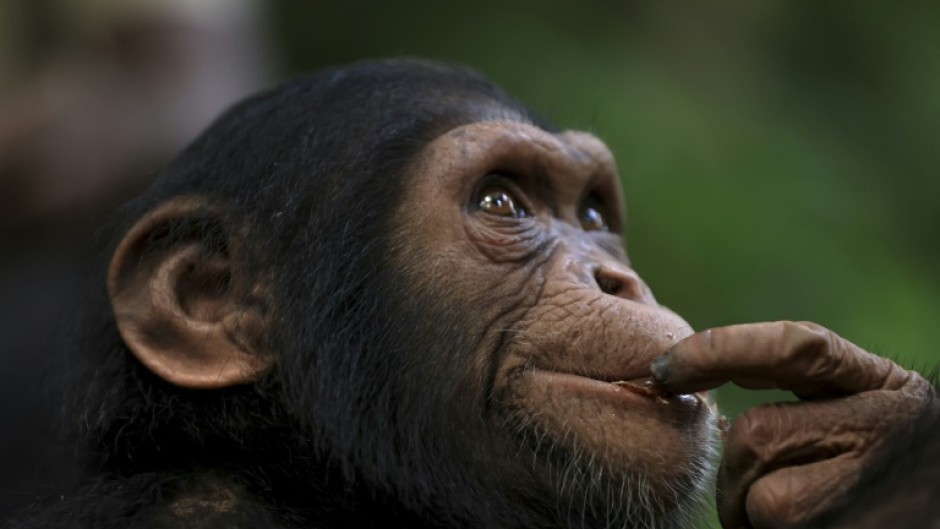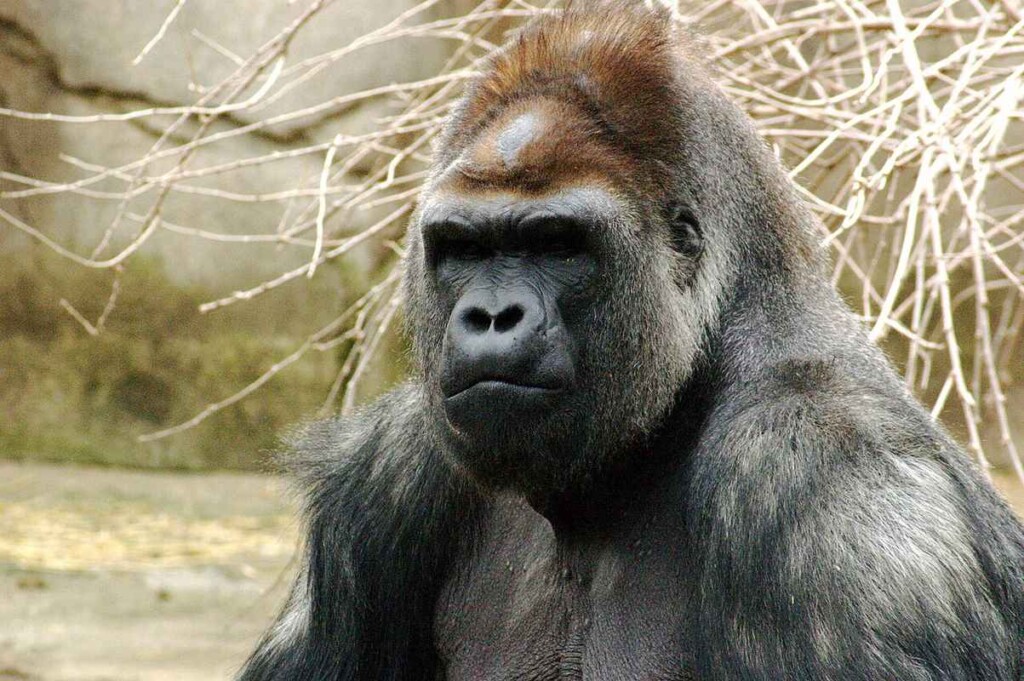
MARIENBERG - Adolescent chimps are, in some respects, rather similar to their human counterparts.They live with mum until well into their teens, are sometimes a bit cheeky and, being highly social animals, struggle to survive alone until they have been taught how to fend for themselves.So when poachers kill mother chimps for food, keep the young chained in captivity for the exotic pet trade, or the family group is destroyed when its forest home is cleared for commercial palm oil plantations, the orphaned chimps need help.In Cameroon, the NGO Papaye International runs a sanctuary for the endangered animals on three islands in the Douala-Edea national park."The chimpanzees in the sanctuary are chimpanzees that have had a tragic past due to poaching, deforestation and groups that have been killed," said Marylin Pons Riffet, the 57-year-old French head of the charity.AFP | Daniel Beloumou Olomo"We only take in orphaned chimpanzees, who are young and therefore need the helping hand of man after having had a gun pointed at them or their habitat destroyed," she told AFP.The charity helps the orphans become re-accustomed to surviving in semi-wild conditions, but on islands away from their only predator -- the humans with whom they share 98 percent of their DNA and a good degree of behaviour.Populations of common chimpanzees, which used...

